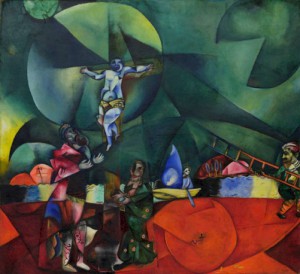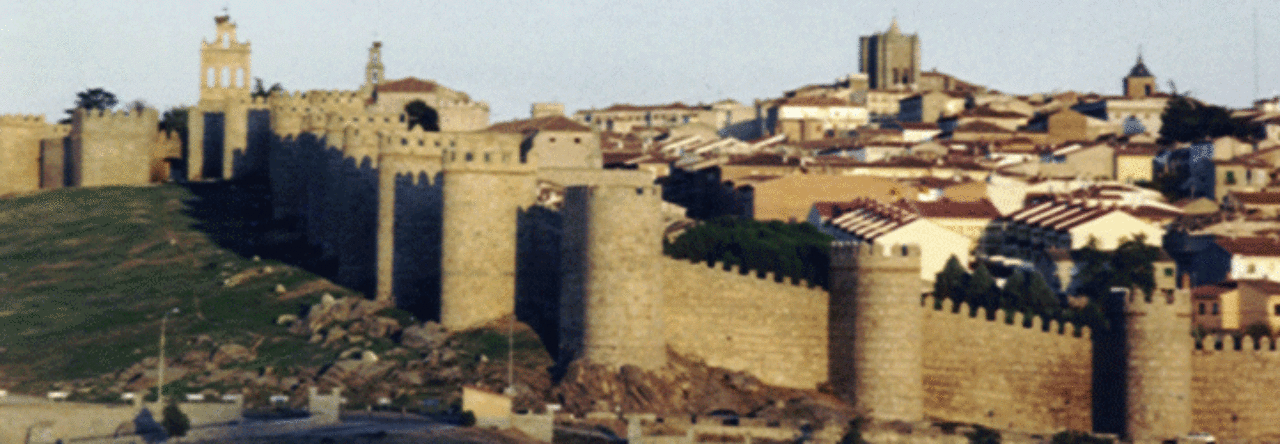 To Susan Sturgis de Sastre
To Susan Sturgis de Sastre
Colonial Club Cambridge
Cambridge, Massachusetts. April 19, 1909
You ask me what “Modernism” is precisely. It is not anything precise; but as a general tendency, it consists in accepting all the rationalistic views current or possible in matters of history and science, and then saying that, in a different sense, the dogmas of the Church may still be true. For instance, all miracles, including the Incarnation and Resurrection, are denied to be historical facts; but they remain, in some symbolic sense, theological truths. That is, they are normal ways in which religious imagination has expressed itself; and people ought to go on, in their devotions, using those expressions, just as they go on using a language or a style of dress that has naturally established itself. . . . Theologically considered, Modernism is untenable, like every theory of double truths
From The Letters of George Santayana: Book One, [1868]-1909. Cambridge, MA: The MIT Press, 2001.
Location of manuscript: Alderman Library, University of Virginia at Charlottesville
